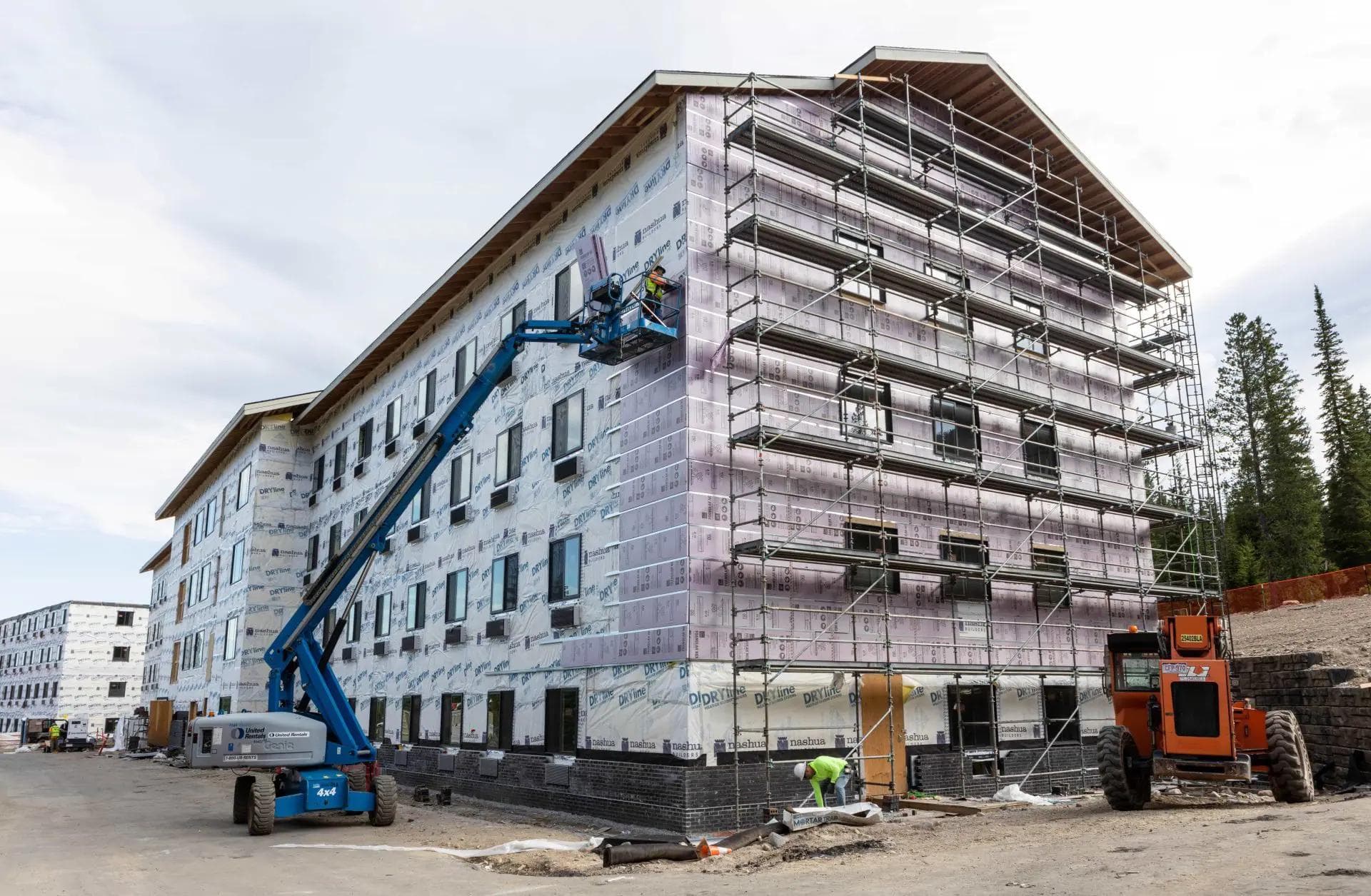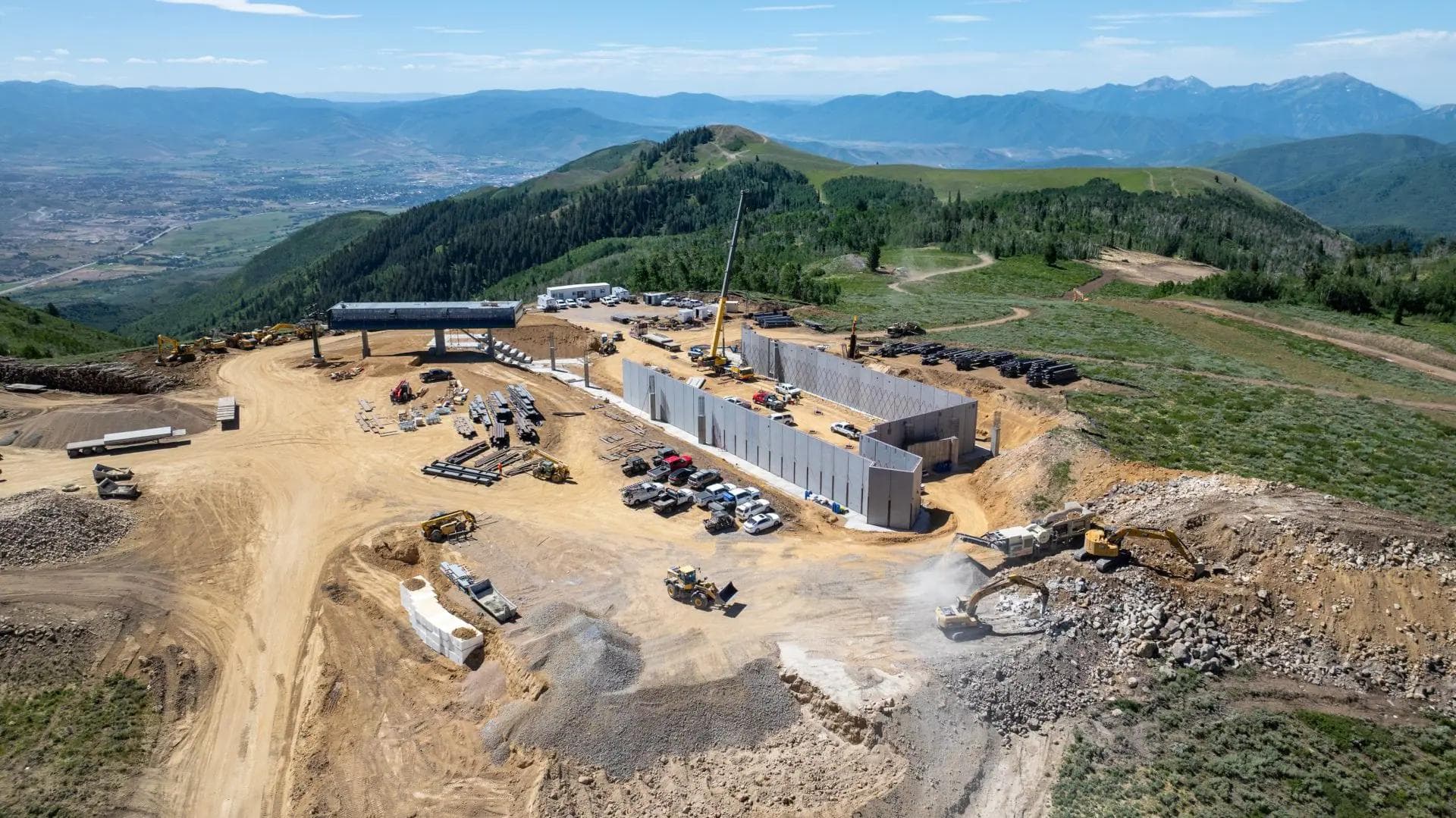
Alterra's $400M Investment: Deer Valley Expansion Takes Centre Stage
Published Date:
Categories
Alterra Unveils Massive Investment Plan, Centred on Deer Valley
Alterra Mountain Company has announced a substantial $400 million capital investment program across its North American ski resort portfolio. While the company frames this as a commitment to enhancing guest and employee experiences, the centrepiece is undoubtedly the ambitious expansion of Deer Valley Resort in Utah. This move signals Alterra's intent to compete aggressively in the high-end ski market, though it raises questions about maintaining Deer Valley's renowned exclusivity and service levels.
The sheer scale of the planned Deer Valley expansion is noteworthy. Alterra claims it will effectively double the resort's skiable terrain, adding 3,700 acres and nearly 100 new runs by the project's completion. This would indeed make Deer Valley one of North America's largest ski resorts by acreage. However, size isn't everything in the ski industry, and it remains to be seen whether this dramatic growth aligns with Deer Valley's carefully cultivated upscale image.

Examining the specifics, Alterra's plan for Deer Valley includes the addition of a 10-passenger gondola and six new chairlifts for the 2025-26 season. This follows the recent opening of the resort's new East Village area, which debuted with 20 runs and three lifts, including Deer Valley's first 6-person bubble chair. The company is also expanding lodging options, highlighted by the new Grand Hyatt Deer Valley.
While these improvements will undoubtedly enhance lift capacity and terrain variety, they also risk fundamentally altering Deer Valley's character. The resort has long been known for its uncrowded slopes and meticulous grooming – attributes that may be challenging to maintain across such an expanded footprint.
Beyond Deer Valley, Alterra's announcement includes vague commitments to improving skier services and lodging at other resorts in its portfolio. The company also emphasises investments in employee wages, training, and housing. These are positive steps, though the lack of specific details makes it difficult to assess their true impact.
Notably absent from Alterra's announcement is any mention of sustainability initiatives or climate adaptation strategies – increasingly critical considerations for the long-term viability of ski resorts, particularly those at lower elevations.

Alterra's massive investment, particularly at Deer Valley, reflects broader trends in the North American ski industry. Major operators like Alterra and rival Vail Resorts continue to pour capital into their flagship properties, often focusing on expanding terrain and upgrading lift infrastructure. This arms race mentality aims to attract destination skiers and justify ever-increasing pass prices.
However, this strategy carries risks. Expanding resorts to this degree can lead to overcrowding, environmental concerns, and the potential loss of unique character that drew visitors in the first place. Deer Valley, in particular, faces a delicate balancing act in maintaining its premium positioning while nearly doubling in size.
For skiers and riders, Alterra's investment likely means improved on-mountain facilities at Deer Valley and incremental upgrades at other resorts. However, it's also reasonable to expect these improvements will come with higher lift ticket and pass prices. The company's focus on real estate development and high-end amenities suggests a continued emphasis on the luxury market segment.
Ultimately, while Alterra's $400 million investment demonstrates confidence in the ski industry's future, it also highlights the increasing consolidation and homogenisation of North American resorts. Independent ski areas may find it increasingly difficult to compete with this level of capital expenditure, potentially leading to further industry consolidation in the years ahead.



